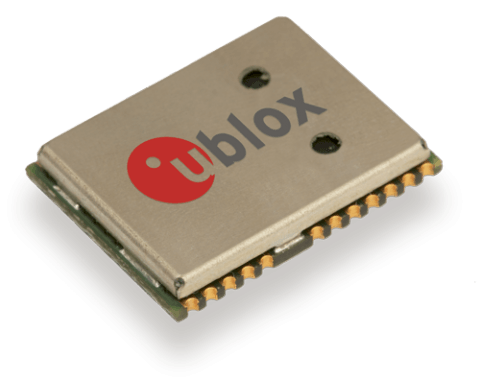Finland’s farflung mobile phone manufacturer Nokia and Dutch personal navigation device (PND) vendor TomTom continue to make progress toward their multi-billion-dollar acquisitions of navigable digital mapmakers Navteq and Tele Atlas, respectively. But a regulatory challenge in Europe may complicate TomTom’s effort, while Nokia appears likely to sail through unchallenged in the United States.
Finland’s farflung mobile phone manufacturer Nokia and Dutch personal navigation device (PND) vendor TomTom continue to make progress toward their multi-billion-dollar acquisitions of navigable digital mapmakers Navteq and Tele Atlas, respectively. But a regulatory challenge in Europe may complicate TomTom’s effort, while Nokia appears likely to sail through unchallenged in the United States.
On Wednesday, December 12, Navteq shareholders approved Nokia’s offer to purchase the company’s stock for for $78 (€55.11) per share. Some 75 percent of the issued and outstanding shares of common stock eligible to vote, representing over 99 percent of the total votes cast at the special meeting, supported adoption of the merger agreement.
At a December 4 “extraordinary general meeting” (EGM) of its shareholders TomTom approved the Tele Atlas acquisition proposal (€30 or $43.91 per share) with 78,947,096 shares in support. That represents 69.56 percent of the total issued share capital and 99.82 percent of the shares represented during the EGM.
However, on November 28, after a preliminary review by the Directorate-General for Competition, the European Commission (EC) announced that it had identified serious concerns “that the acquisition by TomTom of Tele Atlas might, in the light of the duopoly market for navigable digital maps and TomTom’s strong position on the market for PNDs, lead to a significant impediment of effective competition within the EEA [European Economic Area].”
The commission now has until April 17, 2008, to conduct a so-called Phase II investigation and make a final decision on whether the Tele Atlas purchase would lead a vertical restraint of competition.
“Navigable digital maps are essential inputs for producers of PNDs,” the EC said in its press release on the subject. “The proposed acquisition raises vertical competition concerns because TomTom [would acquire] one of the current two map suppliers that provide maps for the whole of Europe. The Commission’s in-depth investigation will focus, inter alia, on assessing whether the transaction would increase the costs of other PND manufacturers for navigable digital map or limit their access to these maps, and as a consequence harm consumers.”
That certainly seemed to be what one U.S. company was suggesting today (December 12) as it dropped out of the PND mass market.
In announcing Cobra Electronics’ exit from the retail portable navigation market, Jim Bazet, the company’s president and CEO, noted that while some of the challenges faced by his company might “have been surmountable, they are exacerbated by the pending acquisitions by our competitors of the two principal content providers to the mobile navigation industry, Navteq and TeleAtlas, which are likely to create further competitive disruptions, both in pricing and features.”
Perhaps motivated by similar fears, in late November GPS manufacturer Garmin International — thwarted in its late-entry attempt to buy Tele Atlas out from under TomTom — signed a long-term deal with Navteq.
Some observers believe that closer relationships between map technology and portable device manufacturers will benefit end users as well as the companies involved in the deals. One of these proponents of the deals is John Pottle, marketing director at Spirent Communications, a global telecom test and measurement company that contributed to the SUPL standard and specifications and also offers a well-known line of GNSS simulators.
"Successfully working out the best route is largely down to how the device and the mapping software interface with each other," Pottle says. "Because mapping companies and device manufacturers have up to recently largely been separate entities, there hasn’t been the level of integration between the two to really iron out the gripes which annoy users. The recent industry moves should mean that this integration issue can be resolved and drivers enjoy a much better experience than they do currently.”
In the on-line version of navigable map competition, Microsoft announced its purchase of UK-based MultiMap, a popular on-line mapping service, for a reported $50 million. Microsoft is trying to gain ground in a market dominated by Google Maps and Google Earth.
To further complicate the picture, on December 5 TomTom announced that it would team up with Google to allow users to send business addresses directly from the Google Maps website to TomTom PNDs. Google Maps’ local search page now features a one-click “Send to GPS” data transfer.





